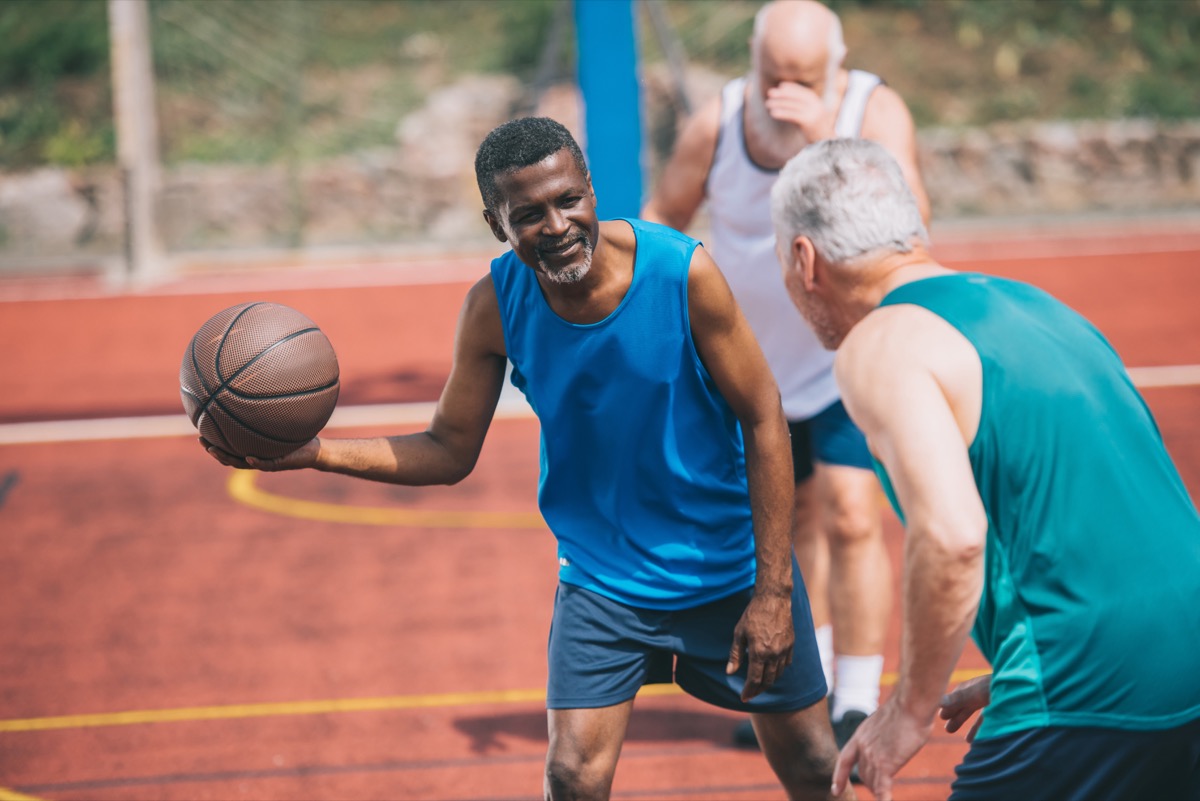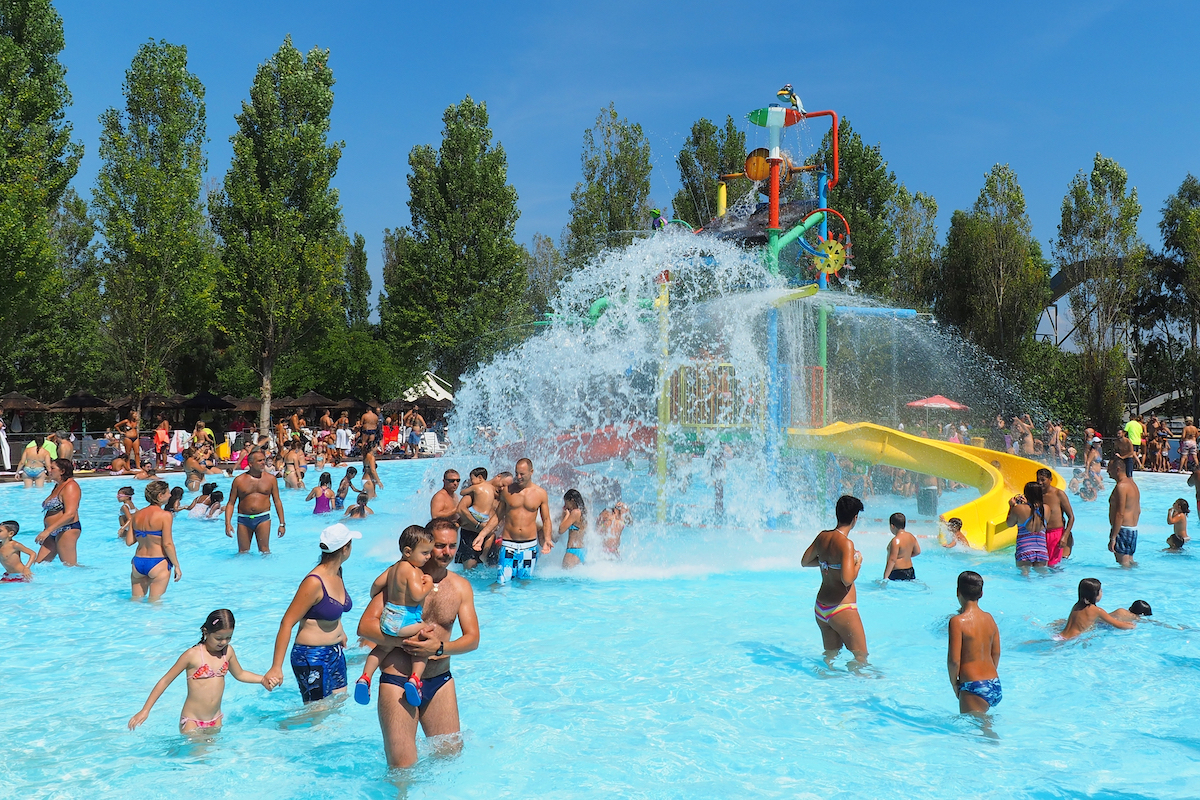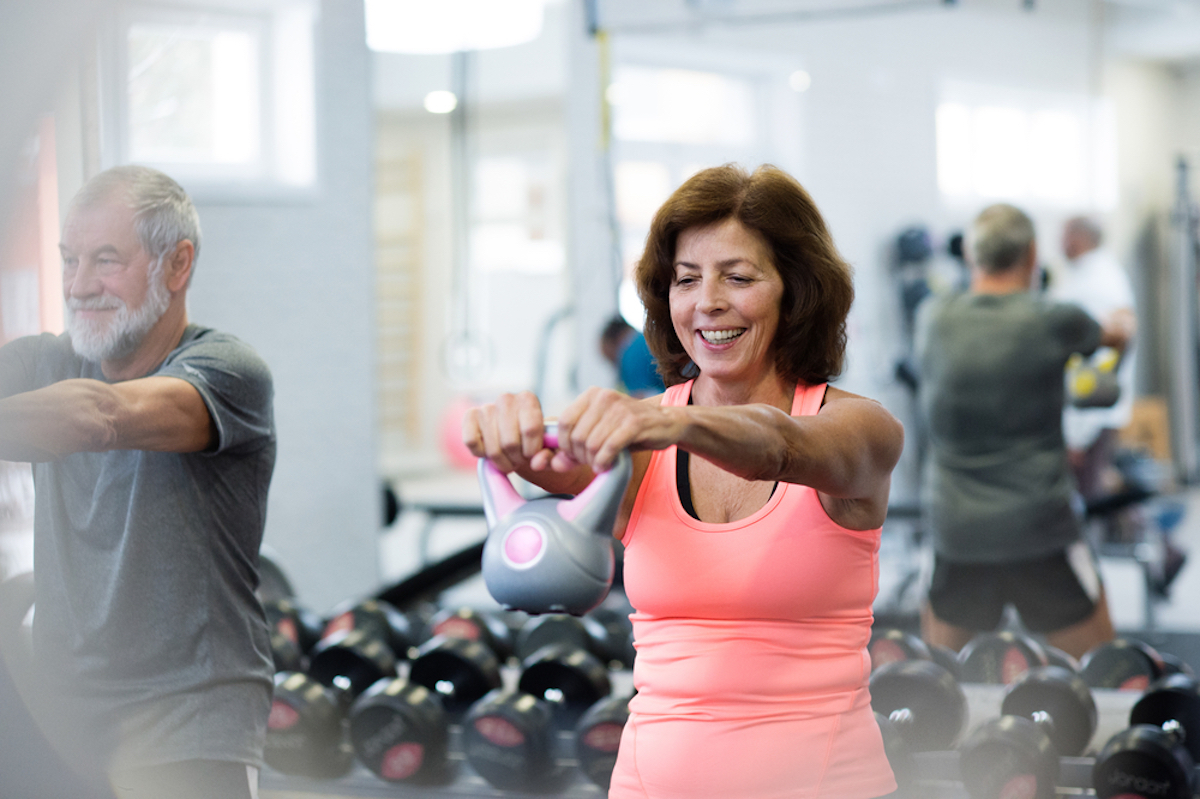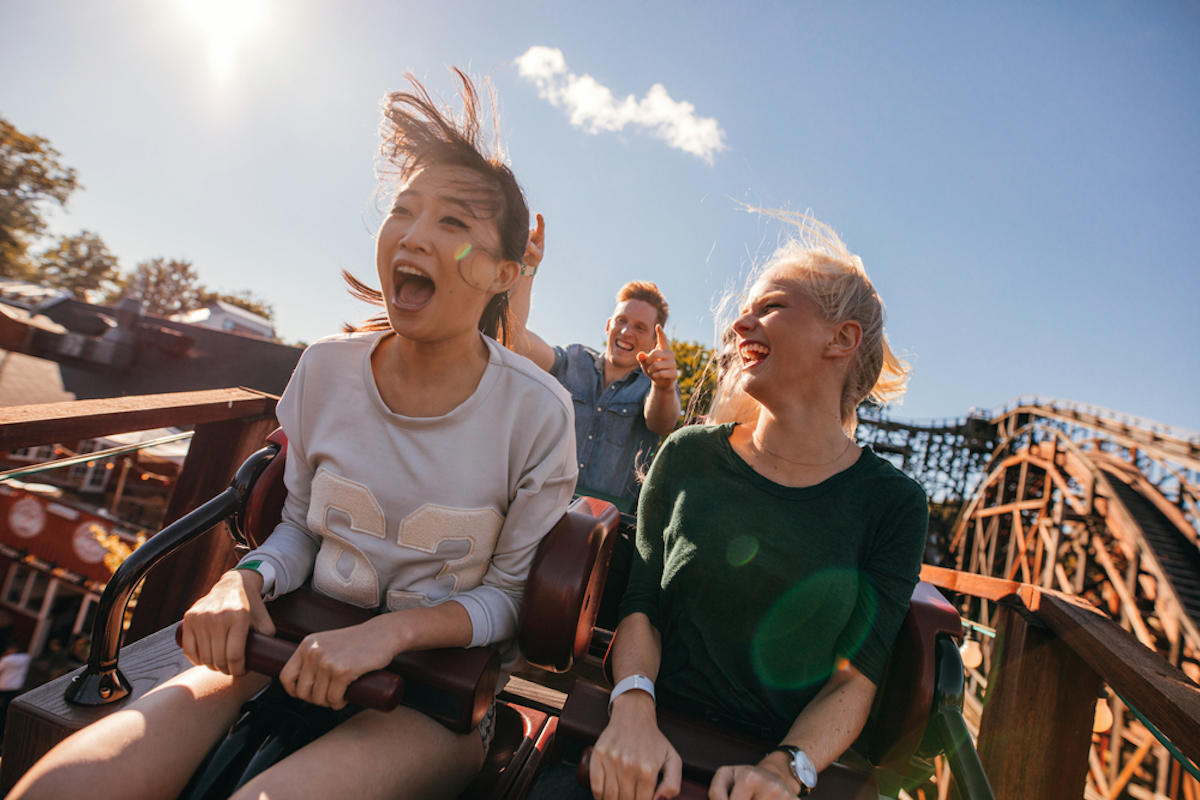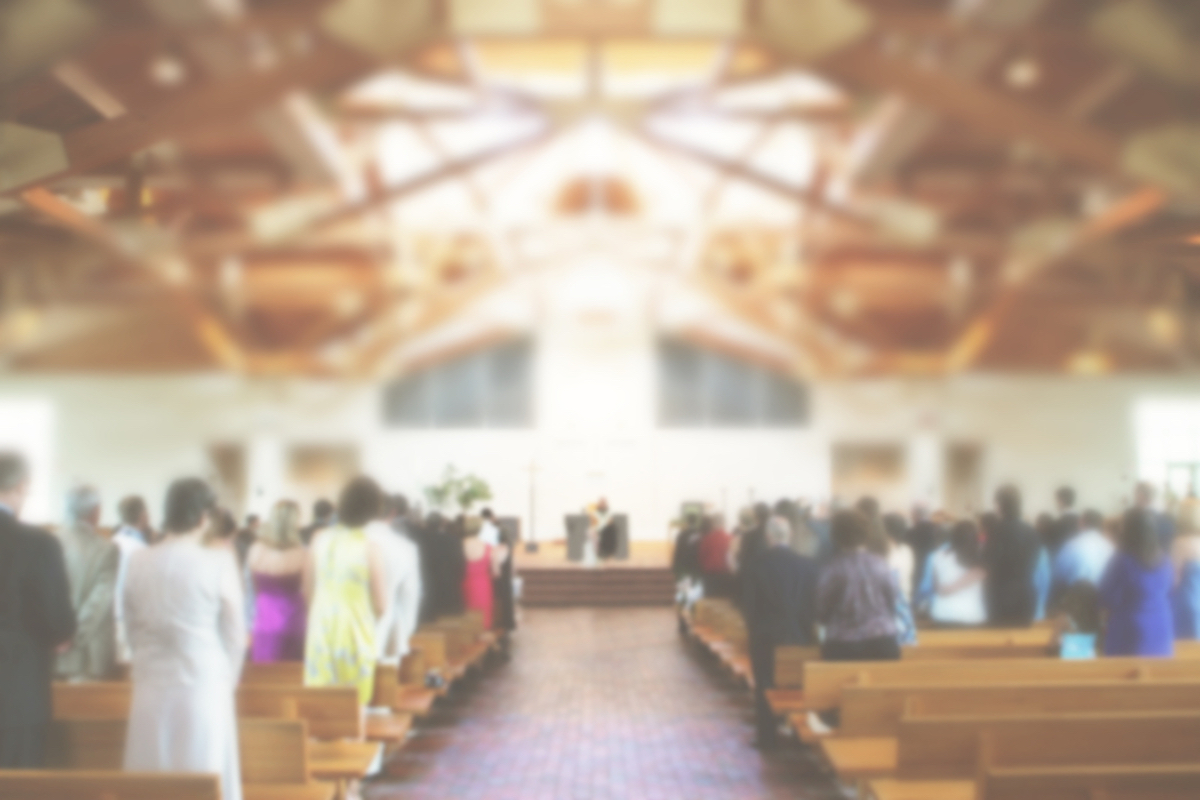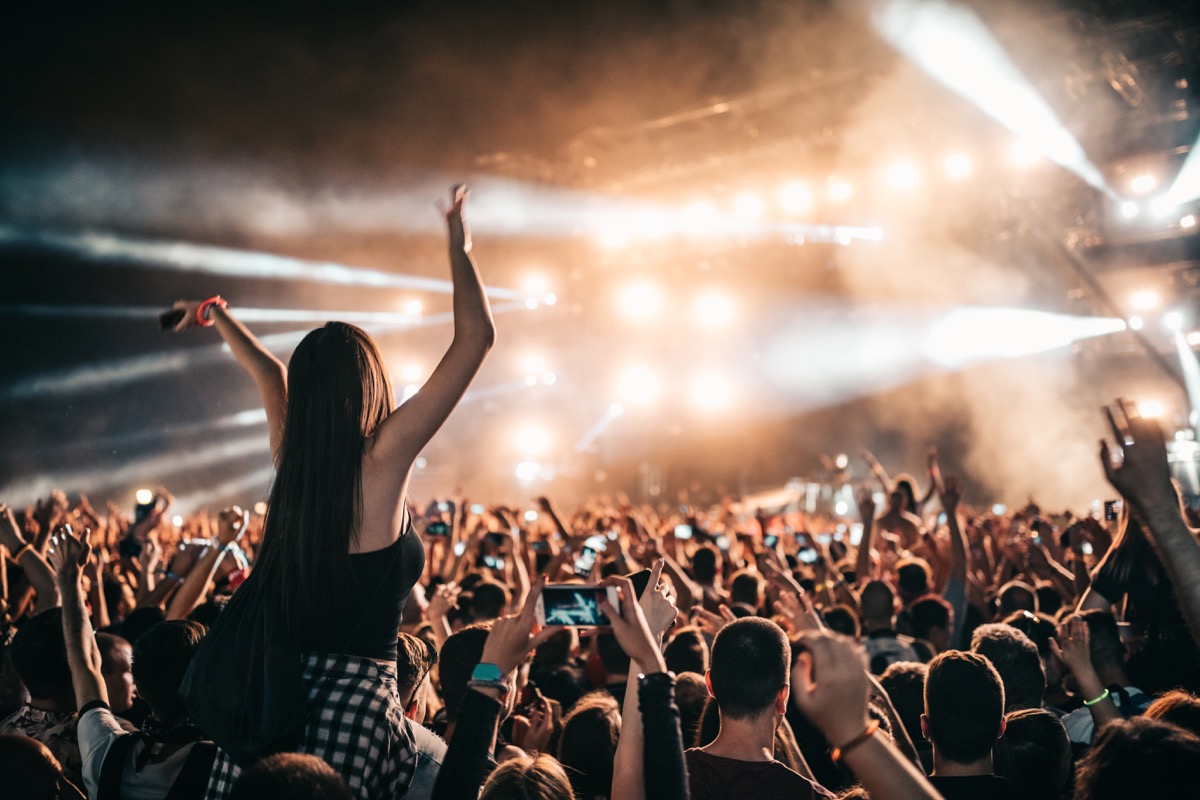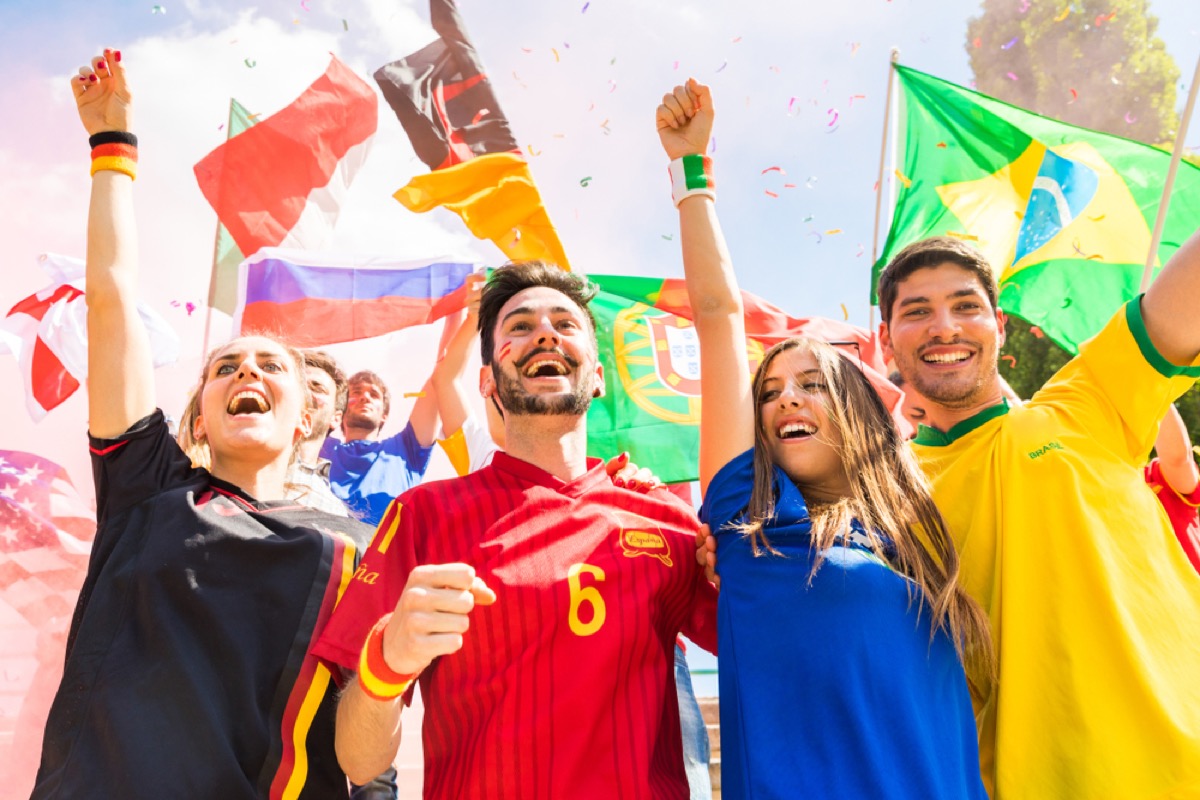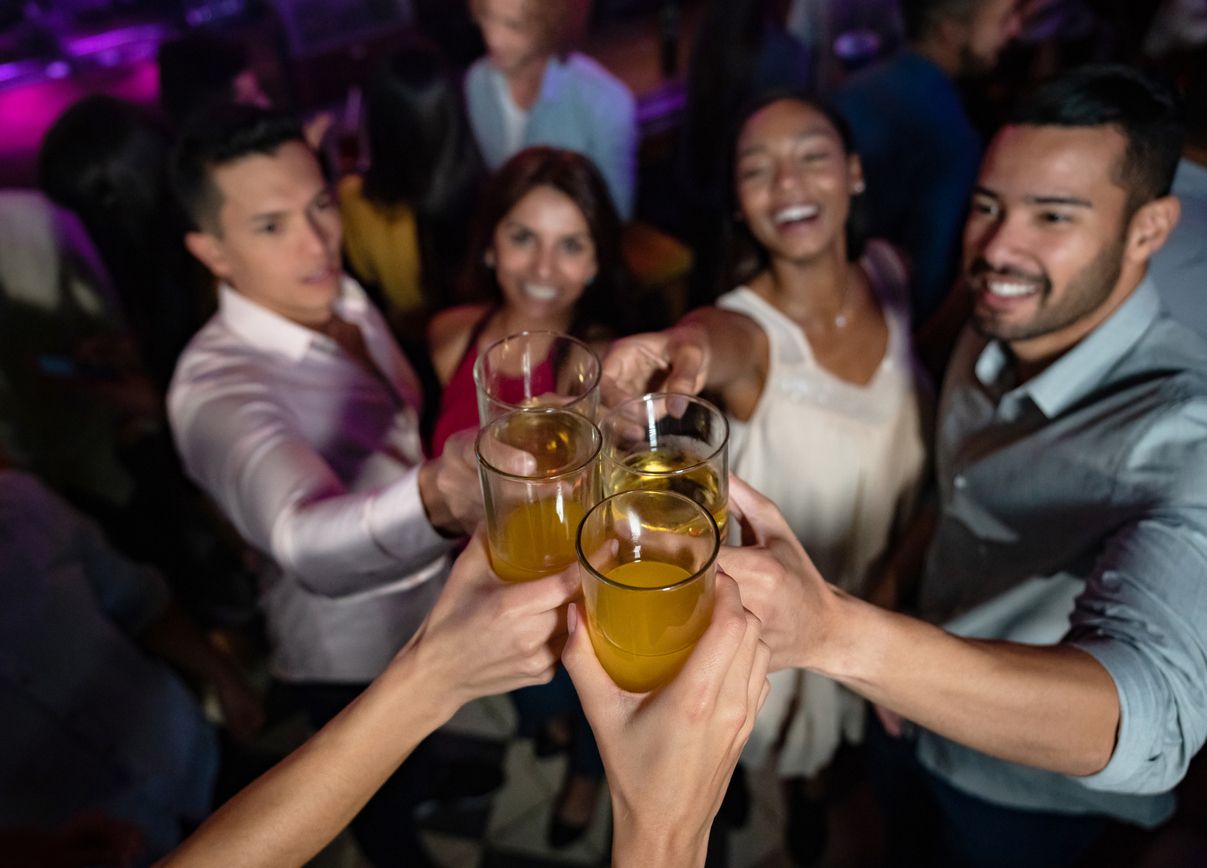The experts are Matthew Sims, MD, PhD, director of infectious disease research at Beaumont Health; Dennis Cunningham, MD, medical director for infection prevention at McLaren Health Care; Mimi Emig, MD, retired infectious disease specialist with Spectrum Health; and S. Nasir Husain, MD, medical director for infection prevention at Henry Ford Macomb. The panel looked at five factors to consider how risky a given activity or locale might be—whether it’s inside or outside; your proximity to others doing the activity; your exposure time; the likelihood that you’ll be compliant (i.e., maintain social distance and wear a mask); and your personal risk level—rating each on a scale of 1 (safest) to 10 (most dangerous). Then, MLive averaged those scores together and rounded to the nearest whole number. What follows are the 10 riskiest public places to contract the coronavirus. And the results may surprise you. And for more locations to avoid, check out The CDC Has a Simple “Rule of Thumb” to Help You Avoid Coronavirus. Pick up basketball might be great exercise, but breathing hard as you get close to another player blocking out for rebounds? That’s a big risk. On average, the experts gave it a 7. While Sims notes that players bang into each other and your mask could also be ripped off mid-game, he adds that “people may not want to use masks, because as you start breathing harder, the masks become more and more uncomfortable.” And for more up-to-date information, sign up for our daily newsletter. Swimming in a private pool with others from your own household? No problem. But a public pool? That’s another story. “There’s no way to make it safe,” Emig said. “How are you going to wear your mask in the pool?” While Husain notes that pool water does have chlorine in it, he added, “I don’t think it’s high enough to be very effective in completely reducing risk to zero.” As a result, splashing around in a public pool ranks as a 7 on the experts’ list. Your risk of contracting COVID-19 at school is also a 7 on the riskiness scale. The crowded and often poorly ventilated classrooms, plus the challenge of getting students to keep their masks on, are just some of the reasons why we could be remote learning for some time. And for more on this, check out 7 Things You’ll Never See in Schools Again After Coronavirus. People breathing hard in close quarters without sufficient ventilation? That’s a big risk amid the coronavirus pandemic and is also why the experts gave it an 8. And if you want to work out and avoid COVID-19, check out This Is the Biggest Mistake You’re Making When You Go Back to the Gym. Amusement parks are starting to open up with the promise of limiting the number of people in attendance and enforced social distancing. But even if theme parks plan to wipe down roller coaster cars after each ride, the experts still give amusement parks an 8 out of 10. “Even with risk reduction strategies, I think it’s going to be difficult,” Sims said, adding, “It’s about the riskiest you can get.” And for more on what you may see when you do decide it’s safe to go to an amusement park, check out This One Thing Could Change Disney and Other Theme Parks Forever. While it’s absolutely possible to go to a religious service and keep your distance and wear a mask, it’s the singing that’s cause for concern. A case study from the Centers for Disease Control and Prevention (CDC) found that following a 2.5-hour choir practice attended by 61 people, 32 people came down with COVID-19, two of whom died. “If they add singing, then it’s on a par with bars,” Emig said in terms of COVID-19 transmission trisk. “People are going to hate that, but it’s the truth.” Eating from open chafing dishes and using utensils that everyone else is touching and breathing over? That’s a level 8 risk, according to the experts. However, according to MLive, “if a buffet is redesigned to limit the flow and other risks, Sims said the risk level can be lower.” And if you want to stay safe, check out 5 Sneaky Ways You’re Exposing Yourself to Coronavirus. The risk level for attending large concerts, which are few and far between these days, is one of the highest, coming in at a 9. Again, since aerosolized droplets that come from exhalation are a major issue, Eming noted that singing along with your favorite band “is a really effective way of spreading the virus.“ae0fcc31ae342fd3a1346ebb1f342fcb Attending sports events also received a 9 on the list of most dangerous activities. Just like concerts, sports stadiums feature large crowds, alcohol, and lots of people who are very likely to cheer, yell and scream, which also makes the spread easier. And for more things to skip this summer, check out 3 Popular Reopened Tourist Destinations You’ll Definitely Want to Avoid. It probably comes as no surprise that a high-trafficked and often crowded place where people are yelling to be heard above loud music is very high risk when it comes to COVID-19. “I’d probably give bars a 10,” Sims told MLive. “I’m really worried about bars.” On average, however, the panel of doctors gave bars a 9, placing it among the top three most dangerous places to go amid the pandemic.
